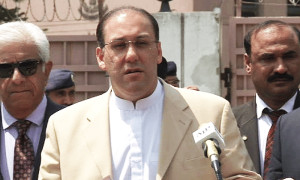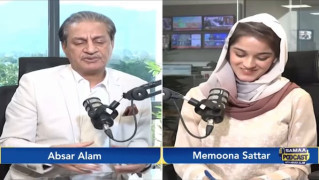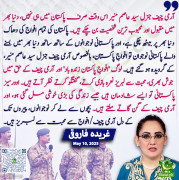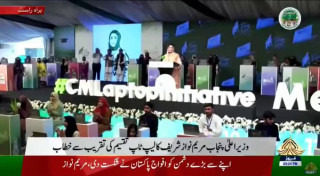RiazHaq
Senator (1k+ posts)
http://www.riazhaq.com/2015/02/record-cement-sales-raise-hopes-of.html
Domestic cement sales are up 9% year-over-year for the first 7 months of Pakistan's Fiscal 2014-15, according to media reports. Overall, cement industry reports a 6% annual increase with rising domestic demand offsetting falling exports due to weakness abroad.
Market capitalization of Pakistani cement companies has jumped 70% last year, about 3 times more than the KSE-100 market index which rose 27% in 2014. This is the third consecutive year that cement companies have outperformed the broader market. Investors in Pakistan's cement sector have seen 600% rise in the last three years.
It appears that construction sector is getting a boost from falling inflation and declining interest rates with a big drop in world oil prices.

Pakistan saw its domestic cement consumption double from about 11 million tons in 2003 to 22 million tons in 2008 on President Musharraf's watch. It remained essentially flat from 2009 through 2011 before rising to a new high of 24 million tons in 2012. With expected GDP annual growth to average 4.5-5.5 per cent over the next 3 years, local cement sales could rise by 9 per cent on average annually to reach 34 million tons per year by 2017 and exports to 8 million tons per year.
Cement sales and building activity indicators are an important sign of the strength or weakness of the broader economy, due to construction's important role in the economic sector. If individuals and businesses are willing to invest in new construction, it is a sign that the economy is doing well or poised to recover. If they aren't, the economy may be weak or headed for trouble. Construction is a very labor-intensive activity which creates many new jobs. Higher employment drives consumer spending which further stimulates the national economy.
In addition to rising demand for housing and new commercial real-estate, major infrastructure and energy projects related to the China-Pakistan Industrial Corridor are expected to significantly boost domestic cement consumption and create millions of new jobs over the next several years.
http://www.riazhaq.com/2015/02/record-cement-sales-raise-hopes-of.html
Domestic cement sales are up 9% year-over-year for the first 7 months of Pakistan's Fiscal 2014-15, according to media reports. Overall, cement industry reports a 6% annual increase with rising domestic demand offsetting falling exports due to weakness abroad.
Market capitalization of Pakistani cement companies has jumped 70% last year, about 3 times more than the KSE-100 market index which rose 27% in 2014. This is the third consecutive year that cement companies have outperformed the broader market. Investors in Pakistan's cement sector have seen 600% rise in the last three years.
It appears that construction sector is getting a boost from falling inflation and declining interest rates with a big drop in world oil prices.

Pakistan saw its domestic cement consumption double from about 11 million tons in 2003 to 22 million tons in 2008 on President Musharraf's watch. It remained essentially flat from 2009 through 2011 before rising to a new high of 24 million tons in 2012. With expected GDP annual growth to average 4.5-5.5 per cent over the next 3 years, local cement sales could rise by 9 per cent on average annually to reach 34 million tons per year by 2017 and exports to 8 million tons per year.
Cement sales and building activity indicators are an important sign of the strength or weakness of the broader economy, due to construction's important role in the economic sector. If individuals and businesses are willing to invest in new construction, it is a sign that the economy is doing well or poised to recover. If they aren't, the economy may be weak or headed for trouble. Construction is a very labor-intensive activity which creates many new jobs. Higher employment drives consumer spending which further stimulates the national economy.
In addition to rising demand for housing and new commercial real-estate, major infrastructure and energy projects related to the China-Pakistan Industrial Corridor are expected to significantly boost domestic cement consumption and create millions of new jobs over the next several years.
http://www.riazhaq.com/2015/02/record-cement-sales-raise-hopes-of.html


































